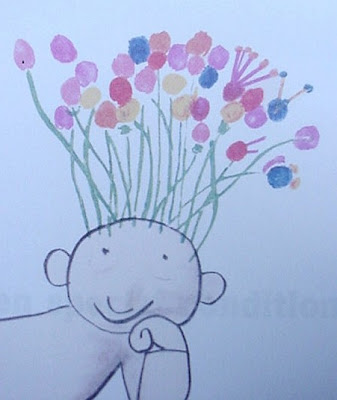
I have just returned from 'The Inspired Impact ;Developing the whole Child' conference convened by Ross Kennedy of College Street Normal school in Palmerston North attended by 1400 educators.
It was ironic that many local schools were noticeable by their absence - their loss entirely.
I had the opportunity to have a keynote to share my views along with creativity expert Sir Ken Robinson, inquiry learning expert Kate Murdock and Helen Baxter, an example of where we all, well our students, might be going.
I was in good company .All speakers were helping teachers re imagine schools for a 'creative age'; or 'a second Renaissance'. Schools for 'Generation why'? Actually Sir Ken had had a heart attack and couldn't' make it at the last minute giving one in turn to Ross as well! However, due to the marvels of modern technology, Sir Ken was able to give his address from Los Angeles from two huge screens.A sign of the times.
I have not had time to get my head around the full implications of the speakers and workshop presenters messages except to say it is urgent we all start to re-imagine, rethink, or transform our schools to prepare our students for their future.We need new schools to develop the new minds for the new millennium.
Dr John Edwards based his presentation, the final one for the conference, on a question his wife had asked him when he returned after teaching his graduate students.
She asked him, 'What have you stolen from your students today'?
The poem is worth a read because it clearly makes the distinction between an antiquated transmission style of teaching (which is still all too common) and what is now required if we are to develop all students as 'confident life long learners', the 'seekers, users,and creators of their own knowledge', that our revised curriculum asks of us.
‘What did you steal from your students today?’
(The poem is abbreviated but you will get the picture!)
‘If where we go is always the decision of the curriculum or my curiosity and not theirs.
If I always decide on the topic to be studied, the problem to be worked on.
How will they ever know how to begin?
If I am the one who is always monitoring progress.
If bells and I are always in control of the pace and the flow
How will they learn to continue their own work?
If all the marking and editing is done by me
If the selection of work to be published or evaluated is made by me
If they do not have language of self assessment.
How will they find ownership, direction and delight in what they do?
If I speak of individuals but present learning as if they are all the same
If we do not take opportunity to think about our thinking.
If I never openly respect their thoughts.
If I never let them persevere with something really difficult.
If there is no time to explore.
How will they get to know themselves as thinkers?
If the never help anyone else.
If we do not teach them the skills of working cooperativelity.
How will they learn to work with others?
For if they
Have never experiences being challenged in a safe environment.
Have had all their creative thoughts explained away
Are unaware of what catches their interest and how then to have confidence in that interest
Have never followed something they are passionate about to a satisfying conclusion.
Have not clarified how they sabotage their own learning.
Are afraid to ask help and do not know who to ask.
Have not experienced at overcoming their own inertia.
Are paralyzed by the need to know everything before writing or acting.
Have never got bogged down.
Have never failed.
Have always played it safe.
How will the ever know who they are?’
So what are you stealing from your students?
I guess the real question is, what do we want our students to leave with so they can continue their learning journey? We need to discuss this with out colleagues.
I think the answers lie in the above thoughts.
The implication for teachers is that Schools and curricula need to be redesigned so that teachers and their students can genuinely rediscover the joy of learning.
Perhaps this is what the new ‘buzz word’ personalization really means?


.jpg)
